- AI

Artificial Intelligence

Smart Products & Services
We follow Smart Products & Services

Intelligent Business Functions & Processes
We follow Intelligent Business Functions & Processes

Robotic Process Automation
We follow Robotic Process Automation

Personalized
healthcareWe follow Personalized healthcare

Identifying at-risk patients
We follow Identifying at-risk patients

Optimized routing and scheduling
We follow Optimized routing and scheduling
- ML

Machine Learning

Predictive
AnalyticsWe follow Predictive Analytics

Service Personalization
We follow Service Personalization

NLP
We follow NLP (Natural Language Processing)

Stock Market Forecasting
We follow Stock Market Forecasting

Fraud Prevention
We follow Fraud Prevention

Recommender engines
We follow Recommender engines
- blockchain
- IOT

Internet of Things
- AR
- Business Solutions
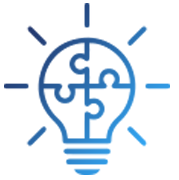
Business Solution

Business Performance Management
We follow Business Performance Management

Decision Making & Big Data Analytics
We follow Decision Making & Big Data Analytics

Enterprise Data Management
We follow Enterprise Data Management
- Apps

Apps

Native Apps
We follow Native Apps

Cross Platform Apps
We follow Cross Platform Apps

Web Apps
We follow Web Apps

Hybrid Apps
We follow Hybrid Apps

Cloud Native Apps
We follow Cloud Native Apps
- Lab
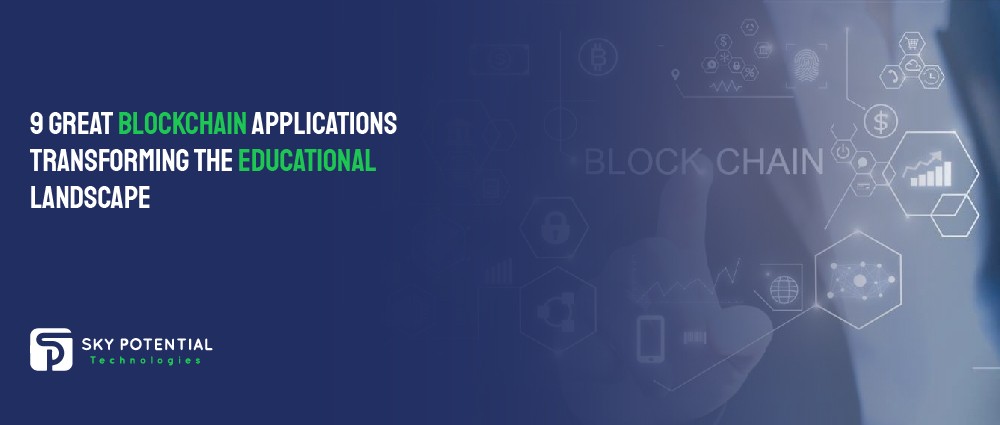
9 Great Blockchain Applications Transforming the Educational Landscape
Blockchain is one of the tools growing the fastest in the business world today. Even though it is best known as the technology behind cryptocurrencies, it is used for more than just banking and business today.
This blog from Sky Potential UK, the top blockchain strategy and mobile app development company, has valuable information about blockchain applications in education. We will go through how blockchain can help the education business.
But first, let’s discuss some technical terms before getting to the application.
What Does The Term “Blockchain” Mean?

A “blockchain” is an open ledger or database that uses a “chain of blocks” to store information. The information could include deals, dates and times, participants, etc.
Electronic systems have been around for a while, but blockchains have changed how data is stored and managed by giving everyone safe access. Because all the information is in one place, keeping a standard (centralised) record from being lost or stolen is harder.
On the other hand, a distributed ledger keeps accurate, confirmed copies of the original files in more than one place. You can make keeping and sharing data more fair and open to everyone.
You can divide blockchains into the following groups:
- Public: Anyone can join and use this network, which any government does not control.
- Permissioned: Only users invited and checked out, like company staff, can join these blockchain networks.
- Private: A single company runs and controls this type of blockchain. It is similar to a permissioned network.
“Smart contract” is another important term in the blockchain world. A computer tool that runs on the blockchain is in charge of making sure that the contract is negotiated and carried out. It has the terms of the deal between the buyer and the seller. Technology has allowed educational institutions to take on these tasks now.
Officials at universities, teachers, and students can now make digital agreements for several things, such as turning in assignments and paying back loans. In a separate part below, we explain these blockchain applications more thoroughly.
Worth of Blockchain in Education
As a way to store data, blockchain has a lot of promise for manufacturing, healthcare, and education businesses. Gartner’s 2019 CIO Survey found that only 2% of higher education schools have already used blockchain technology and that 18% plan to do so in the next 24 months. This general use in the industry shows that blockchain technology has a lot of benefits, including security, cost savings, ability to track, speed and efficiency, and openness.
Universities, schools, businesses, and non-profits can use Blockchain technology to make it easier to handle student data and create more exciting ways to learn. Employers and other outside parties, like parents, can also check a student’s skills with blockchain. Let’s talk about the specifics now.
Applications of Blockchain in Education
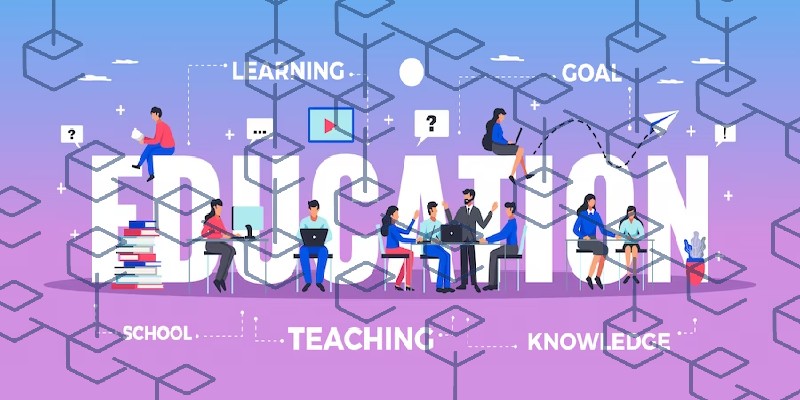
1. Record Keeping
Blockchain makes it easier for administrative offices of schools to keep track of student records without much extra work. The academic papers, degrees, certificates, and other qualifications do not need checking by third parties because they are all kept on a distributed ledger.
2. Courses and Certificates
The certification of course content is one of the most sought-after student records in both K–12 and higher education. This knowledge is fundamental when deciding if a student should move up in school.
Transcripts also measure success because they show students’ grades in all their classes. In the traditional education system, records must be stamped and signed by hand several times to ensure they are right. But with blockchain apps, you no longer need to do manual tasks that take time and work.
On a blockchain, it’s easy to find complete, verified proof of finished coursework and academic achievements with just a few clicks.
3. Accreditation
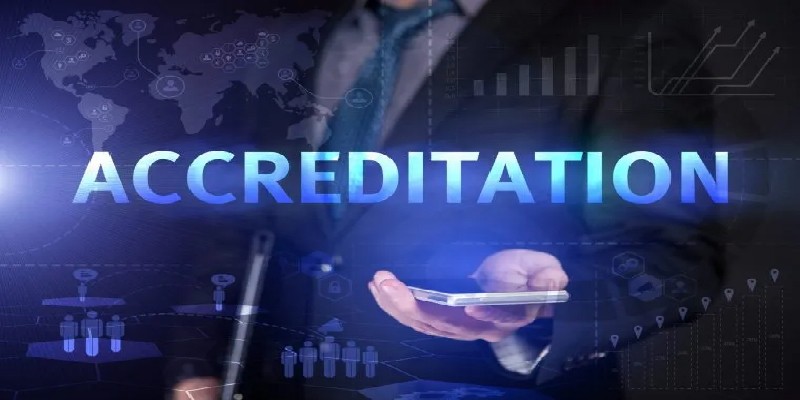
You can secure diplomas and degrees on the blockchain, like course papers and grades. You can eliminate the need for hiring companies to send a signed and stamped paper copy to the university. Instead, they can use a confirmed digital copy via a link.
In other words, blockchain makes it easier for companies to check qualifications and stops people from filing cases based on fake degrees.
In 2017, schools like MIT were the first to offer virtual academic credentials. Because of this, certificates kept on the blockchain are already on the market.
One more use case is accreditation. The right people can use blockchain technologies to ensure a school is giving a good education.
4. Preventing Fraud
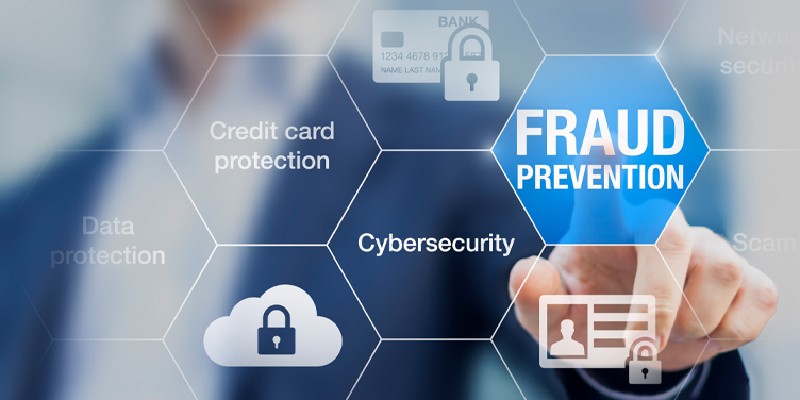
Imagine a candidate applying with fake academic credentials and being hired based on those qualifications after the interview. If the candidate had the right skills for the job, it would help how well the company did. With blockchain, you can avoid these problems.
Hacking is another thing that could go wrong with data handling. Hackers can find holes in the Security of educational systems and then change or delete user data. If the school uses a blockchain to store all student information, users can’t change the online ledger without permission.
5. Skill Badges
In addition to everyday work experience, a resume can include technical skills, language skills, extracurricular activities, etc. Even though it’s hard to prove these details, third-party experts can attest to a candidate’s skills by giving them a digital badge or certificate.
A blockchain is an excellent place to store digital skill badges. Open Badge Passport is the best example of this portable and shared app. Associations, schools, and professional groups use this service to publish digital versions of micro-credentials.
6. Decentralised Online Learning
Most educational institutions have specific requirements for their study programmes, which often leads to different course material. Also, most students only have a little to do with their education. For example, they listen to recorded classes without saying anything.
Adding blockchain technology to the mix allows students and teachers to share information and talk to each other in real time.
7. No Plagiarism
There are many examples of students passing off the work of others as their own. For example, you can find a copied undergraduate student’s study proposal or final paper online. What comes next? The company can suspend someone and remove their credentials if they do something wrong.
Blockchain technology lets digital content makers limit how to share copyright materials. The network is only open to people permitted to use it, and academic data is stored on a private chain using cutting-edge encryption. The content owners can then watch it, check it out, make sure it’s right, and safely let people use it.
8. Better Online platforms
Making online learning tools is one of the most popular ideas among people who like blockchain and want to change how education works.
Here’s how the system would work:
- Usage of Blockchain apps in schools to connect kids and teachers.
- Existence of study tools that you can share online.
- Users can buy internal tokens to get help from always-available teachers and answers to their questions.
- Educational tools so people can learn at their own pace.
- Students can get more tokens by participating in the platform’s material, watching tutorials, and inviting new members.
As you can see, blockchain makes learning easy, fast, and enjoyable.
“Convert your thoughts into realism with our expert software development services in London, UK. We are a leading mobile app development company specialising in developing the best blockchain strategies. Contact us today for the optimistic answer for your educational business via blockchain implementation!”
Era For Digital Assets Market
Both now and in the future, blockchain technology will significantly impact education. Among the new markets for digital goods are the following:
- Financial Transactions in Education: Institutions often have a variety of financial dealings with students, parents, banks, and donors, such as charging fees, processing payments, and giving out grants.
- Custom blockchain protocols: These protocols can support speeding up these steps. For example 2014, King’s College in New York City began accepting student fees in Bitcoin rather than credit cards. It proves the usage of cryptocurrencies in education.
- The creation of digital assets: As cryptocurrencies become more prevalent in education, you will see the creation of digital assets made just for education. Resources like Educational Tokens, Learning Materials, Intellectual Property, Virtual Goods, and micro-credentials will trade on safe cryptocurrency markets like Kraken.
Overall, the text suggests that the use of blockchain technology in education is growing, which creates new opportunities and makes it possible for academic groups to use cryptocurrencies.
Conclusion
The implementation of blockchain technology has the potential to enhance the accessibility, Security, and productivity of education. This technology can facilitate efficient record-keeping, prevent fraudulent activities, validate abilities, develop decentralised learning systems, detect plagiarism, and enhance the quality of online education.
Using cryptocurrencies in schooling can help make new digital assets and make it easier for money to flow.
People who know about blockchain and coins can take advantage of these changes. Blockchain could improve education and give students, teachers, and organisations benefits.
Ready to transform your business? Contact our software development services in London, UK. As a top mobile app developer, we offer cutting-edge blockchain development services and techniques. Take advantage of technology’s future and create the paramount blockchain strategies for your education business.



















































Leave a Reply